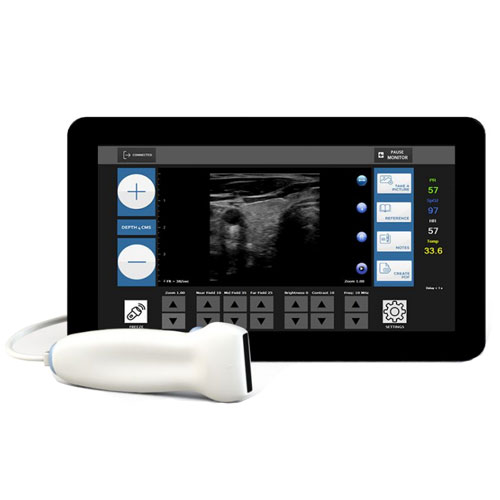Ultrasound scans use sound to safely create real-time digital images of a patient’s insides. Provided in hospitals on tiny carts, the apparatus has now become so mobile that it can fit in the palm of a doctor’s hand. However, before someone purchases one of these super-compact scanners, they should probably know what to look for first, yes?
Identify The Device Market First
Midwives use small portable ultrasound equipment to monitor the progress of a baby’s development. Out at a farm, veterinarians employ weatherproof models, which handle harsh outdoor conditions with great verve. Back at the hospital, a half dozen departments use ultrasounds in subtly different ways. A buyer really should identify their market before making a purchase.
Establishing A Reliability Baseline
Emergency Room doctors handle severe trauma cases. There’s not a minute to waste when lives are on the line. The message is clear: Time is critical, reliability is important, and a physician can’t work with substandard equipment. Portable ultrasounds must deliver crisp, clear real-time images of internal trauma when in the hands of an E.R. professional. In other words, imaging quality and equipment reliability count above all else in here.
A Need For Portable Ultrasound Accessories
Without a doubt, portable ultrasounds are capable of generating crisp images of many internal issues. Gallstones and intra-abdominal problems, kidney and liver afflictions and cardiovascular distress as well, the pocket-sized apparatus captures the internal damage. To get the most out of the equipment, though, a model with a high-quality phased array transducer will likely be needed. Alternatively, an all-purpose convex probe can handle most general-purpose clinical work.
Examining The Software Options
If a buyer’s budget permits, they should assess the features that come installed on the apparatus. More advanced software frameworks add more scanning and rendering capabilities, which then take advantage of that deep scanning phased array transducer or large-radius convex probe. Essentially, the handset and transducer probe provide the sophisticated hardware, but it’s up to the installed software to leverage these advanced features.
Knowing That There Are Different Transducers
Phased array probes have been mentioned because they’re an industry standard. Even so, different types of scanning work will benefit from a range of alternative transducer types. For example, vascular examinations work well when linear transducers are fitted. The operating frequency spread of the portable ultrasound equipment should also be matched with a frequency-compatible probe. Generally, medium resolution devices use the 2-5MHZ range, but high-resolution transducers can go all the way up to 8MHz.
The Selection Of A Model That Suits A User’s Needs
It’s tempting to just go out and purchase a portable ultrasound equipment package that provides all the latest bells and whistles. This approach can actually cause a workflow bottleneck. Prudent buyers select models that suit their needs and their particular workflow. They buy devices that offer intuitive shortcuts, more than adequate screen and probe resolutions, and flexible builds that have plenty of room for different probe configurations.
Prioritizing Form Factor Questions
In an Emergency Room, physicians require absolutely reliable equipment. For a daycare nurse, a convenient pocket-sized scanner that can check the painful progress of a gallstone through a bedbound patient’s kidneys will more than do the job. Out in the field, veterinarians assess pregnant cattle with ruggedized cases full of ultrasound probes, plus the core instrument, as stored in a weatherproof cavity. Form factor considerations must be assessed if an informed purchase is to be made.
Ease Of Use And Device Intuitiveness
Granted, physicians know all there is to know about human biology. Veterinarians are similarly well-versed in the healing arts, at least when it comes to domestic pets and farmyard livestock. For everyone else, there’s a real demand for intuitive settings on portable ultrasound equipment. Then, should the need arise, the gear should interface seamlessly to a network so that new features can be added and existing capabilities augmented.
There are, of course, other buyer tips to highlight. For one thing, there should be a cost-to-features balance, especially if the buyer is on a budget. Again, less expensive models may not create a high-resolution sound echo, not when compared against a console model, so extra expenditure is warranted if a crisp render is a keenly desired feature.
Related Posts












